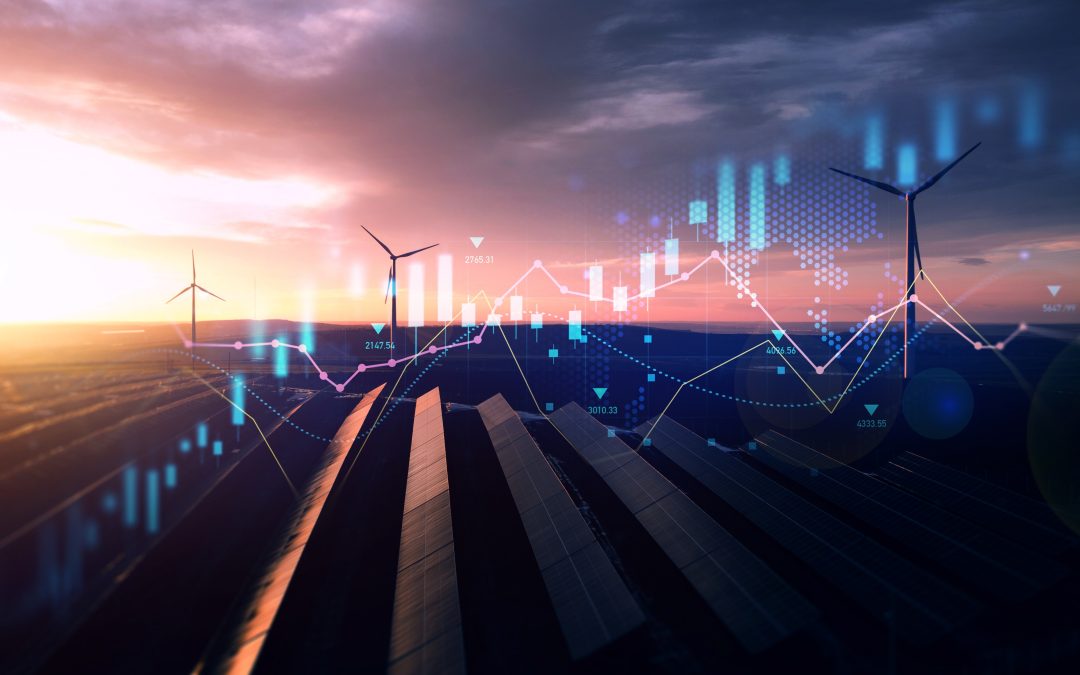By Emily Brown Easley
Rick Perry’s Fermi America rang the Nasdaq bell last week and for Wall Street, it wasn’t just another IPO — it was a $682 million bet ($692 million effective stock price) on an AI-powered energy infrastructure company.
Fermi calls itself a REIT but promises something far bigger: an 11-gigawatt “Hyper-Power” campus in Amarillo, Texas — blending nuclear, natural gas, and solar to power hyper-scale data centers. The underlying question now shaping global markets, and one Fermi is aggressively answering, is simply “can America keep up with the power required to scale AI?”
For me, this one hits close to home. My father was born and raised in Amarillo — a subtle reminder that the same plains that were once defined by cattle and crude are now the first participants in the energy transformation of America.
The Opportunity
AI is rewriting the power demand curve. Data centers are no longer just an IT asset — they’re energy projects. The walls between utilities, oil & gas, and renewables are falling down. The capital markets were looking for a vehicle to embark on this convergence and they got one in Fermi.
This IPO is a turning point. For investors, the message is confidence in integrated systems and systems that combine molecules, electrons, and computer power. The future of energy is not a sinlge fuel or a single technology – it is hybrid infrastructure designed for dependability, scalability and speed.
The Risks
A quick wake-up call:
- Zero revenue. Investors are buying vision, not operations.
- Early losses. $6.4 million spent by mid-2025.
- Nuclear timelines. Permitting and construction still take a decade.
- Single-site exposure. One project, one bet.
None of this means Fermi is a bad idea — just a high-reward, high-risk bet. The “AI + Power” trade is enticing, but steel, concrete, and electrons do not move at Silicon Valley speed.
What It Means
Even if Fermi stumbles, the message is clear: AI is now an energy story.
Capital markets get it, now policymakers need to catch up. Private capital is rushing where public utilities won’t. If the U.S. wants to fuel the AI boom, we must modernize how we plan, permit, and finance power infrastructure.
The Bottom Line
If Fermi succeeds, it could change how large-scale energy-AI infrastructure is built. If it fails, it will serve as a cautionary tale of vision exceeding execution.
Either way, one thing is clear: The future of AI runs through America’s power markets.
And regardless of whether Fermi ever hits its announced scale, the structure and Wall Street demand behind this IPO are another unmistakable signal — that energy infrastructure has officially become the next AI frontier.

